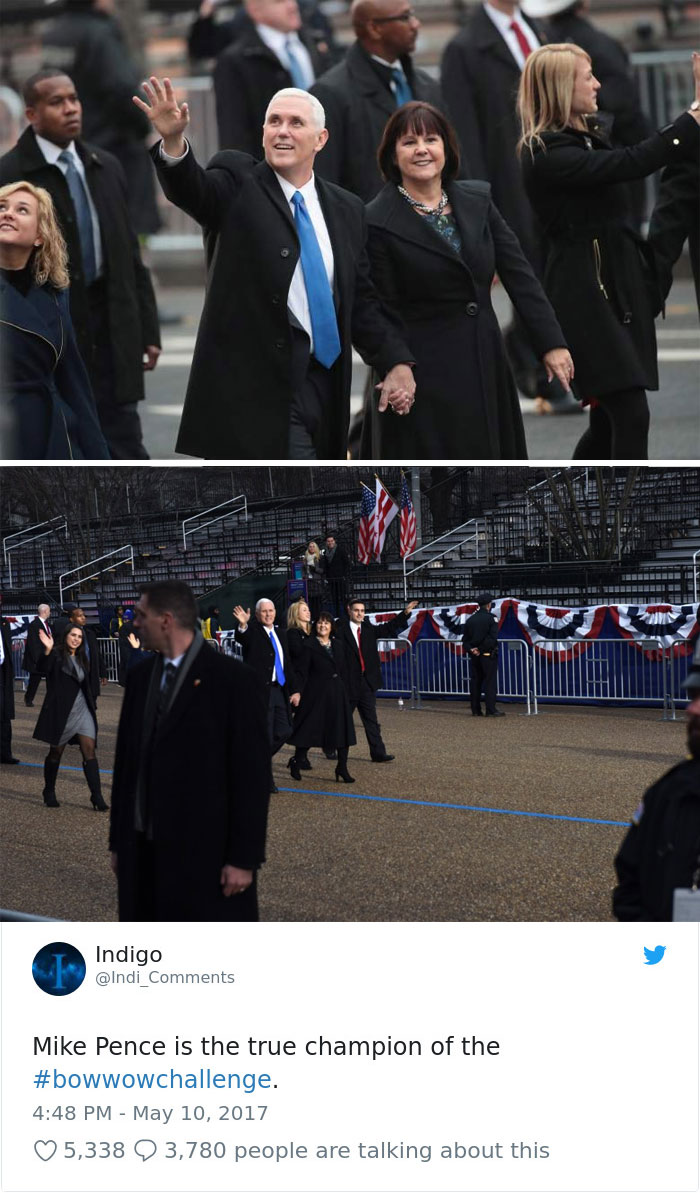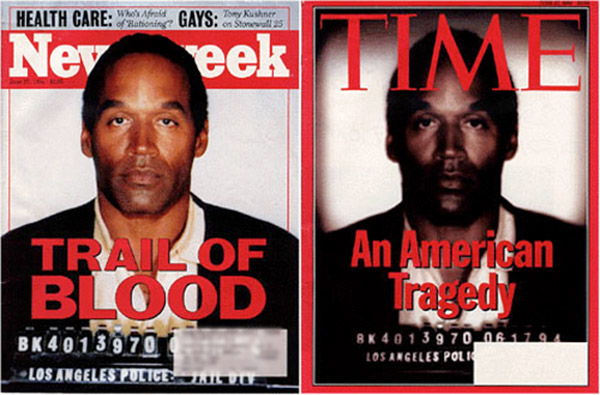Andrea Robinson
ar195815@ohio.edu
Sure, a picture may be worth a thousand words, but are we finding more value in its likability? It seems to be that viral pictures or more likable ones are most important in today's culture. What if this means we are giving up some of the truth?
 |
| Picture source: https://9gag.com/gag/aGZwooZ |
Depending on the camera angle, I guess you could say Prince William "flipping the bird" in a crowd is fake news. Without the photo on the right, whose to say it isn't.
Don't get me wrong; photography is essential to news, especially when it comes to be proof of an event. A picture becomes an eye-witness with the click of a camera. Photographs get to describe history in ways that words can't.
The power a single photo can possess is potentially dangerous. It has full control to shape the reality of its viewer.
In a blog post written by Laura Curtis, she discusses how news photographs construct reality. Curtis says this is partially because photojournalist only capture a small moment in time, but not the scene in its entirety.
Not physically being in the moment makes it hard to understand the truth, so we rely on the photos to tell us what is going on. Having only that one small moment, is like only reading one chapter of a book. There's way more to the story, and I'm sure it's way more than a thousand words.
"They (photojournalist) try to visually report the realities that reflect the place they are in, but all photographs are in some way altered, in most cases this comes down to a simple cropping go the image".
 |
| Picture source: https://noonecares.me/wp-content/uploads/2018/10/media-manipulation-004.jpg |
Most photos hold some truth...but not the whole truth.
 |
| Picture source: https://people.southwestern.edu/~bednarb/su_netWorks/projects/enyioha/O.J.Simpson.html |
No comments:
Post a Comment